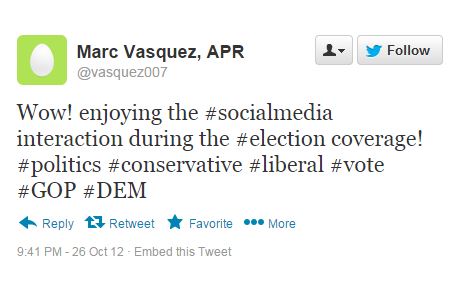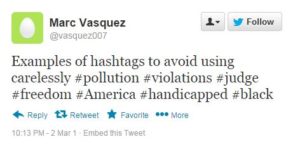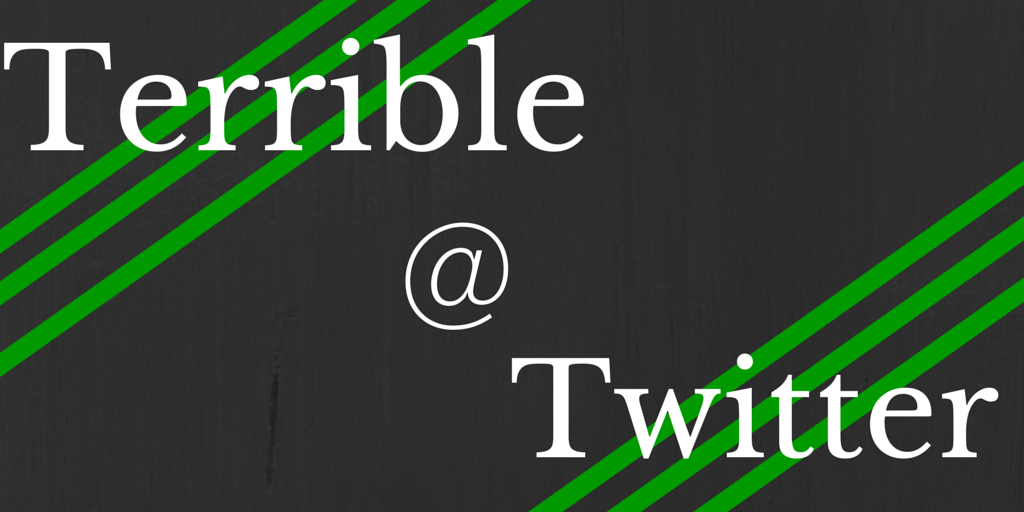If you’re on Twitter, chances are you fall into one of a variety of categories when it comes to usage. For some it’s a listening tool and a means to gather information on news and trending topics. For others, Twitter is a social platform used for interaction personally or professionally on a daily basis.
No matter what the reasons are for you using Twitter, there could be a chance that unknowingly you’re making a few flubs. Former CNET contributor Dennis O’Reilly warns, “The first time you sat behind the wheel of a car you didn’t just turn the key and head for the freeway at rush hour. Social media require a similar training period to avoid crashing and burning with your first posts. Twitter seems particularly susceptible to social-network gaffes.” It’s okay. It’s not your fault. If you search “Twitter tips” into Google, you’ll find a myriad of options (hopefully including solutions like the ones I’m about to show you).
How do you know where to start? Here are a few potential things to be on the lookout for when you’re posting:
Non-inclusive
Are you creating one-on-one conversations with other Twitter users out of context? No one cares about those types of posts, and your other followers (who aren’t following your conversation) won’t understand what you’re trying to say. There’s a big difference between: 

It’s all about you
Take a look at the information you’re posting. What is your ratio of posts about insightful content and posts unabashedly about you and what you’re doing? How many posts are check-ins with selfies or others designed to remind us you’re the #BestWifeEver or #SuperDad? You might be violating the 70/20/10 rule when it comes to posting. 
Scott Kleinberg, syndicated columnist and social media editor for the Chicago Tribune puts this into perspective, “Your social media presence isn’t all about you — and if you’re treating it that way, you’re probably boring people.” Don’t get me wrong. Remember, there is a 10 percent of the time where items like this have their place, but when they begin to go from a supporting cast member to a leading role you’re showing people a narcissistic side you might not want to share.
Hashtag-itis
Here’s a point of origin you may not know. The first use of the term “hashtag” was in a blog post by Stowe Boyd called Hash Tags = Twitter Groupings on August 26, 2007. Beginning July 2, 2009, Twitter began to hyperlink all hashtags in tweets to Twitter search results.
This comes in very handy for trending topics, conference or event conversations and to help create community surrounding a topic. Where it goes bad is when users go into overdrive hashtagging words just for the sake of it. The more general the topic the less useful it would be to add a “#” to the front of it. 

No matter what stage of life you’re in, a strong Twitter strategy can help supercharge your personal brand.


